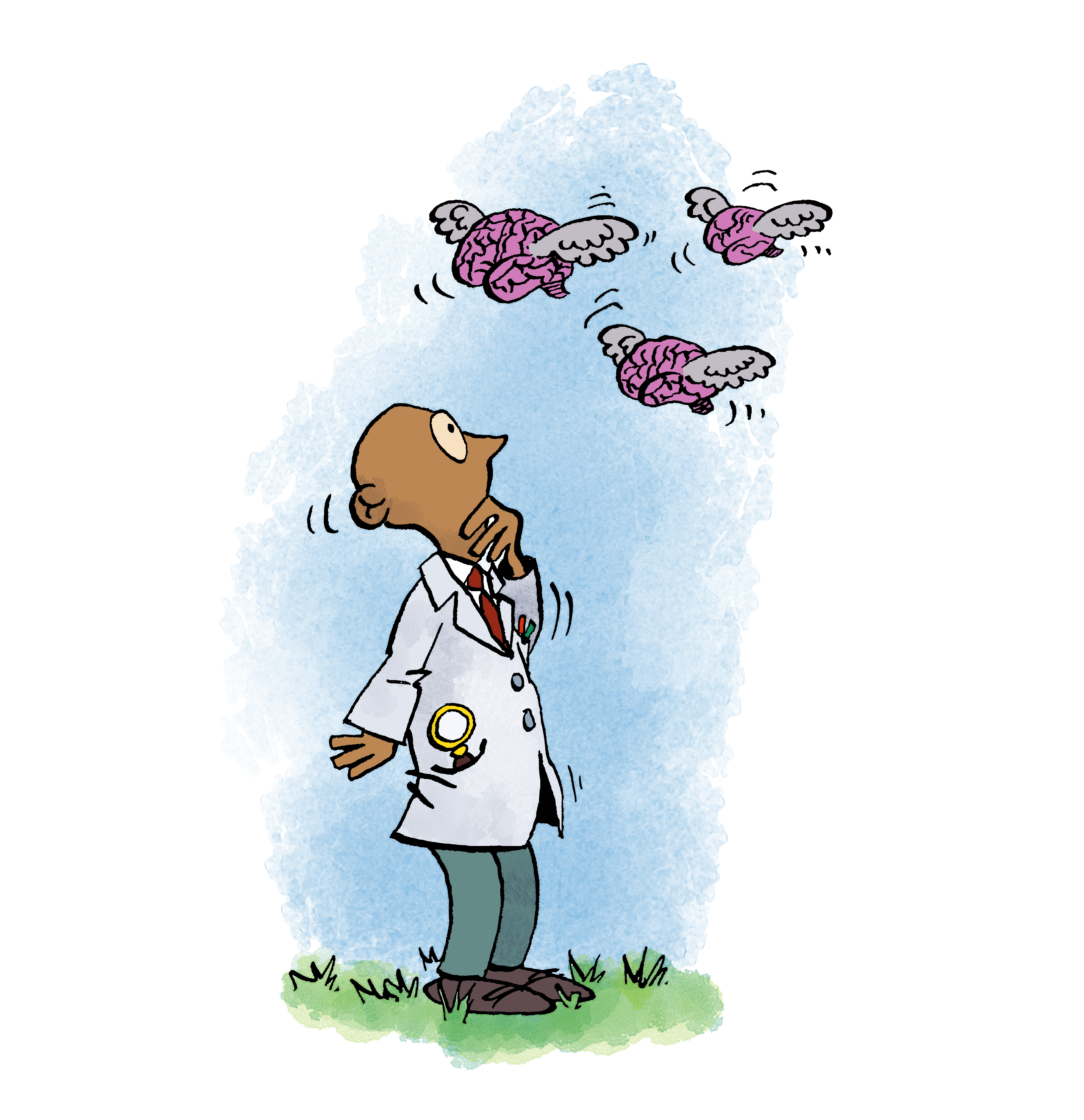Gideon Bernstein wonders if we will ever understand consciousness.
Descartes famously proclaimed that his consciousness was the only thing he could be sure of. Yet despite the monumental advances of modern psychology, an explanation of how consciousness arises still eludes us. But will it eventually fall to the incoming tide of knowledge, as so many other ‘mysteries’ before it?
The hard problem
Perhaps the best modern formulation of the problem of consciousness was created by the philosopher David Chalmers in 1995. He distinguishes between the ‘easy problems’ of consciousness and the ‘hard problem’. The easy problems are concerned with understanding phenomena related to consciousness such as the ability to focus, or to report mental states. It seems clear that as we discover more in the fields of neuroscience, we will be able to develop and test theories, which explain how these phenomena work. This is contrasted with the ‘hard problem’, the question of why any neurological process should be accompanied by experience. We could fully explain the functioning of the brain: how it processes information, produces dreams, remembers, etc… and still ask ‘why does this give rise to experience?’ It’s certainly a good question. And luckily for us, modern scientists may have begun to make some progress.
Peering into the brain
There are some who maintain that as we solve the easy problems, the hard problem will simply fade away, just as the seemingly intractable problem of how living beings are constructed from non-living matter disappeared a mere century ago.
One of the current methods, which seems most promising from this angle is the search for what have been termed the ‘neural correlates of consciousness’. The logic is that if we could determine which neural processes always and only occur when someone is conscious, we would discover the basis of consciousness in the brain, enabling us to solve a huge number of the easy problems in one fell swoop. If the above argument is accepted, this could also mean real progress on the hard problem.
It is, of course, deeply unsatisfying to resolve the issue by appealing to some as yet inconceivable future knowledge. It may also be a fundamentally flawed approach. All of modern science is geared towards producing explanations of how certain functions are performed, in terms of simpler concepts. For example, in order to explain how a muscle works, we only need to explain the biochemical mechanism in muscle cells causing them to contract. However, the crux of the hard problem is that this kind of explanation does not seem likely to work with consciousness. It seems possible to fully explain the functioning of the brain and still not have solved the hard problem.
Working it out backwards
The fact that we can’t seem to get from brains to consciousness led neuroscientist Giulio Tononi to try the opposite – getting from consciousness to brains, potentially opening up a whole new avenue of inquiry into the hard problem.
Tononi began by trying to identify the features of consciousness that are present in all cases. From these features he identified the properties that a physical system would need in order to produce them. Then, through a lot of complex maths, he’s come up with what he claims is a quantitative measure of consciousness – integrated information (Φ).
There are many potential problems with Tononi’s theory. Most importantly, he doesn’t even claim to have explained why Φ should give rise to consciousness. Despite this, he has perhaps demonstrated that Φ is necessary for consciousness, which means that this theory could be a useful step towards solving what has been termed the ‘pretty hard problem’ of being able to determine whether a brain is conscious.
Should we just give up?
Some people, like Chalmers, opt for a philosophical resolution to the hard problem. Chalmers thinks that consciousness should be recognised as fundamental, in the same way that gravity and mass are. This removes the need to search for an explanation, because something that is fundamental can simply be taken axiomatically as a ‘brute fact’ – which can lead to the interesting conclusion that non-living things could be conscious.
Ultimately, Chalmers and most others working on the hard problem admit that it’s still an open question; for all our theorising, we haven’t achieved much. However, what is crystal clear is that even if we can’t solve the hard problem, we will surely expand the wealth of human knowledge into unchartered territory in the attempt, and for me that seems like justification enough to keep going.
Gideon Bernstein is an Undergraduate in Biology at St John’s College. Illustration by Ralf Zeigermann.





